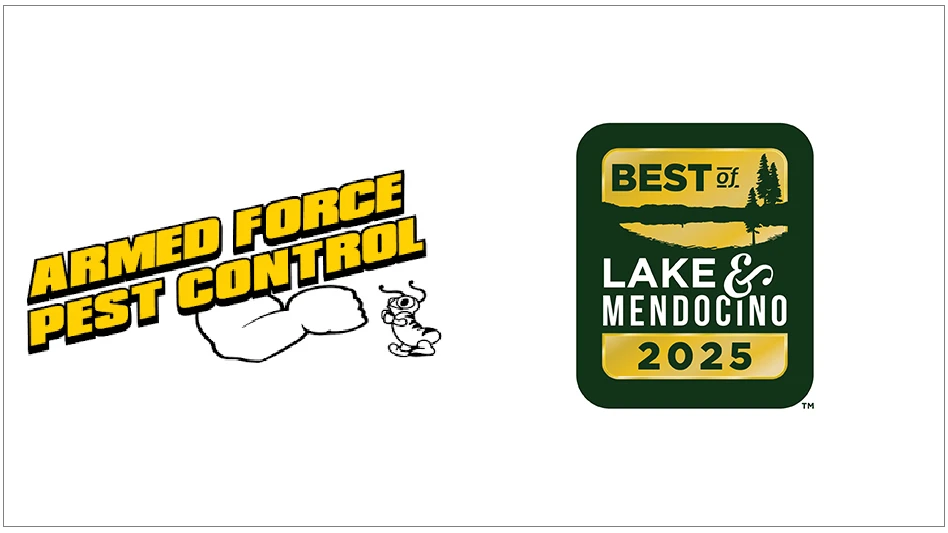
GAINESVILLE, Fla. --- For the first time in 60 years, a tropical bed bug has been confirmed in Florida, and University of Florida Institute of Food and Agricultural Sciences researchers urge the public to send them samples of suspected bed bugs for identification.
For decades, pest control professionals kept common bed bugs mostly at bay with various chemical treatments. Then scientists saw a resurgence of those bugs in the late 1990s and 2000s. The same thing may be happening with the tropical bed bug. It hadn’t been confirmed in Florida since the 1930s and 1940s. In 2015, a family in Brevard County reported tropical bed bugs in their home, said Brittany Campbell, a UF/IFAS doctoral student in entomology.
UF/IFAS scientists confirmed the bug finding, and so far, that’s the only confirmed case in Florida. But researchers think it’s possible they’ll find the bug in other parts of Florida and, in fact, the South because it lives in tropical and sub-tropical climates. Other than its geographic preference, the tropical bed bug is similar to the common bed bug, which is found in all 50 states.
“I personally believe that in Florida, we have all of the right conditions that could potentially help spread tropical bed bugs, which is the case in other southern states,” Campbell said. “As long as you have people traveling and moving bed bugs around, there is a real potential for this species to spread and establish in homes and other dwellings.”
Campbell co-authored a journal article on the tropical bed bug finding. She said that biologically, tropical bed bugs mirror common bed bugs in that they feed on human blood. So they’re likely to cause similar health problems if you get a severe infestation: fear, anxiety, depression, sleeplessness, and itchy, blistery reactions on some people.
“I have been asking people to send bed bug samples to our laboratory so that I can properly identify the species,” Campbell said. “If they do have a bed bug infestation, because they are so difficult to control, I ask that people consult a pest-control company for a professional service. There isn't as much research available on tropical bed bugs as common bed bugs, but hypothetically they should be able to be controlled the same way as the common bed bug species because their biology/behavior are similar.”
Earlier research suggests that this tropical species can develop more quickly than the common bed bug.
“This could mean that this species would develop more quickly, possibly cause an infestation problem sooner, and also could spread more rapidly,” Campbell said. “However, no studies have been conducted directly comparing both species at the same times and temperatures. Also, because we have so much failure with bed bug control, it's important to note what species you have in order to determine whether control efforts should be changed, according to species and to determine if control failures are due to the species and not the chemicals and methods used.”
The first step to any integrated pest management program or control program is to properly identify the insect you are working with, she said.
Reducing clutter is the first step toward controlling the spread of common bed bugs, Campbell said.
If you think you have tropical bed bugs, you can send them directly to Campbell at the UF/IFAS entomology and nematology department; University of Florida; 1881 Natural Area Drive, Gainesville, Florida, 32611 or to the identification lab at UF (http://entnemdept.ufl.edu/insectid/). Campbell recommends people place their insects either into a small plastic container or sealed into a plastic bag, folded over multiple times to help cushion the insects from being smashed. You can kill them first by placing them into the freezer but live specimens are allowed as well, she said.
The UF/IFAS paper appears in the journal Florida Entomologist.
For decades, pest control professionals kept common bed bugs mostly at bay with various chemical treatments. Then scientists saw a resurgence of those bugs in the late 1990s and 2000s. The same thing may be happening with the tropical bed bug. It hadn’t been confirmed in Florida since the 1930s and 1940s. In 2015, a family in Brevard County reported tropical bed bugs in their home, said Brittany Campbell, a UF/IFAS doctoral student in entomology.
UF/IFAS scientists confirmed the bug finding, and so far, that’s the only confirmed case in Florida. But researchers think it’s possible they’ll find the bug in other parts of Florida and, in fact, the South because it lives in tropical and sub-tropical climates. Other than its geographic preference, the tropical bed bug is similar to the common bed bug, which is found in all 50 states.
“I personally believe that in Florida, we have all of the right conditions that could potentially help spread tropical bed bugs, which is the case in other southern states,” Campbell said. “As long as you have people traveling and moving bed bugs around, there is a real potential for this species to spread and establish in homes and other dwellings.”
Campbell co-authored a journal article on the tropical bed bug finding. She said that biologically, tropical bed bugs mirror common bed bugs in that they feed on human blood. So they’re likely to cause similar health problems if you get a severe infestation: fear, anxiety, depression, sleeplessness, and itchy, blistery reactions on some people.
“I have been asking people to send bed bug samples to our laboratory so that I can properly identify the species,” Campbell said. “If they do have a bed bug infestation, because they are so difficult to control, I ask that people consult a pest-control company for a professional service. There isn't as much research available on tropical bed bugs as common bed bugs, but hypothetically they should be able to be controlled the same way as the common bed bug species because their biology/behavior are similar.”
Earlier research suggests that this tropical species can develop more quickly than the common bed bug.
“This could mean that this species would develop more quickly, possibly cause an infestation problem sooner, and also could spread more rapidly,” Campbell said. “However, no studies have been conducted directly comparing both species at the same times and temperatures. Also, because we have so much failure with bed bug control, it's important to note what species you have in order to determine whether control efforts should be changed, according to species and to determine if control failures are due to the species and not the chemicals and methods used.”
The first step to any integrated pest management program or control program is to properly identify the insect you are working with, she said.
Reducing clutter is the first step toward controlling the spread of common bed bugs, Campbell said.
If you think you have tropical bed bugs, you can send them directly to Campbell at the UF/IFAS entomology and nematology department; University of Florida; 1881 Natural Area Drive, Gainesville, Florida, 32611 or to the identification lab at UF (http://entnemdept.ufl.edu/insectid/). Campbell recommends people place their insects either into a small plastic container or sealed into a plastic bag, folded over multiple times to help cushion the insects from being smashed. You can kill them first by placing them into the freezer but live specimens are allowed as well, she said.
The UF/IFAS paper appears in the journal Florida Entomologist.
Latest from Pest Control Technology
- The Great Skunk Hunt
- Rentokil Named One of Britain’s Most Admired Companies
- Fleetio Announces New Hires, Partnerships and Products
- Target Specialty Products, BASF to Present 'Best Pesticide Formulation for the Job' Webinar
- Abell Pest Control Holds Snap Trap Challenge
- Massey Services’ Davis Earns ACE Certification
- Upcoming Webinar: Distribution, Status, and Management of Native and Invasive Termites
- Knox Pest Control Announces Acquisition





